Syn.: Anemonoides nemorosa (L.) Holub, Anemonanthea nemorosa (L.) S. F. Gray, Anemanthus nemorosus (L.) Fourr., Anemone alba Gilib., Anemone nemorosa subsp. europaea Ulbrich
Family: Ranunculaceae Juss.

Distribution: Europe (except the southernmost areas), and the northern temperate zone of western Asia.
Ecology: Grows in deciduous woods, in hedgerows and in meadows, from lowlands to foothills, rare in mountains.
Description: A perennial herb with a thin creeping rhizome and erect stem, 10–15 cm high. The leaves are long-stalked, deeply-divided, threelobed. The flowers are white, 2–3(–4) cm across. Flowers from March to May, soon after the trees come into leaf the plants die down. A very variable species.
Note: The plant contains the poisonous alkaloid proto-anemonin. Often cultivated in gardens as an ornamental plant.
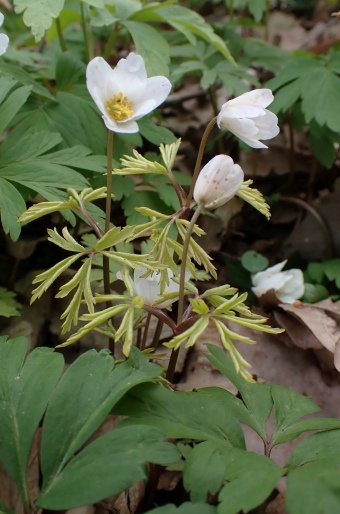
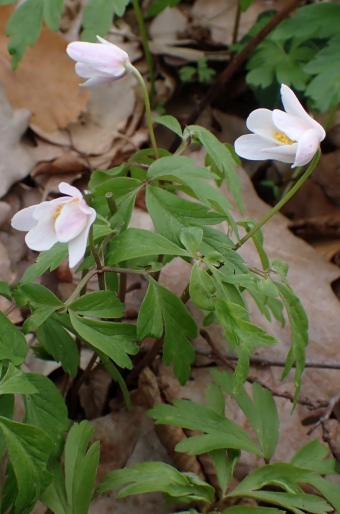

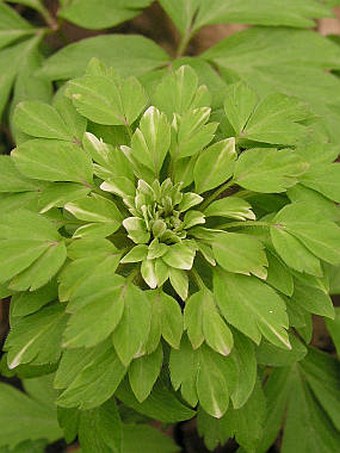
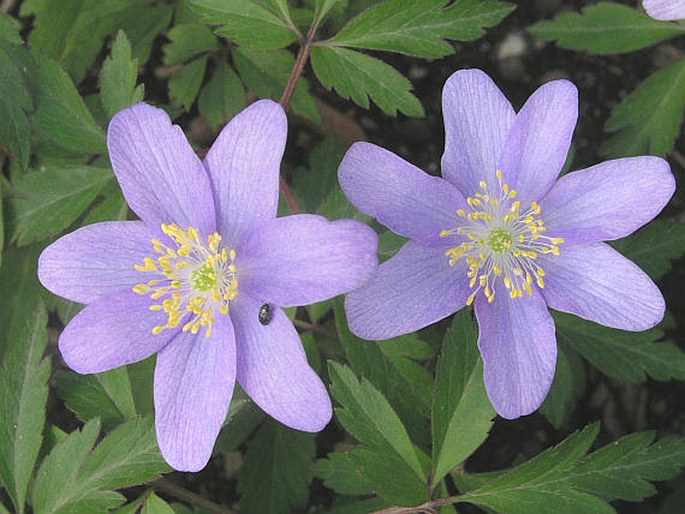
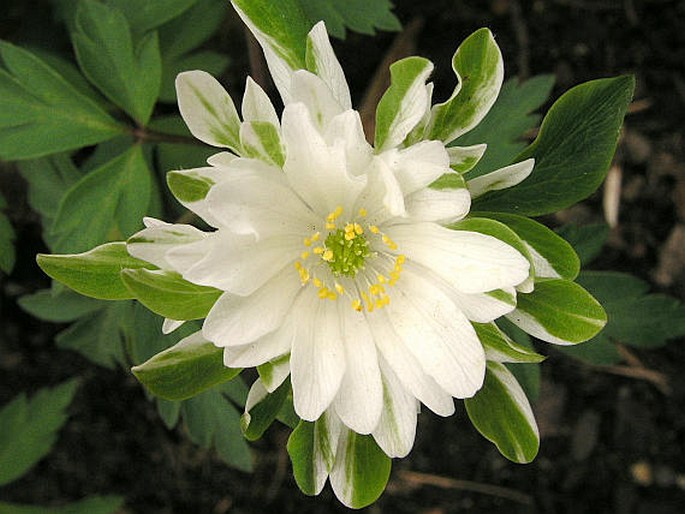
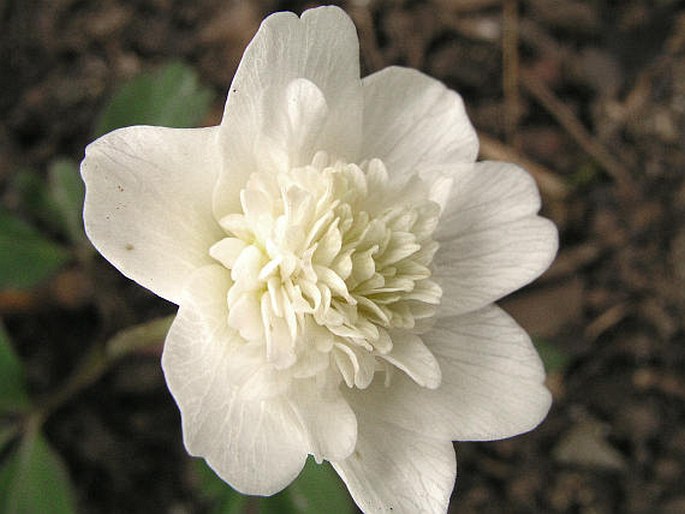
Photos: 20. 4. and 27. 4. 2003 (Ladislav Hoskovec: Czechia, Hranický kras and Brno-Kohoutovice), spring 2005 and 2006 (Pavel Sekerka: Czechia, Prague Botanic Garden).


